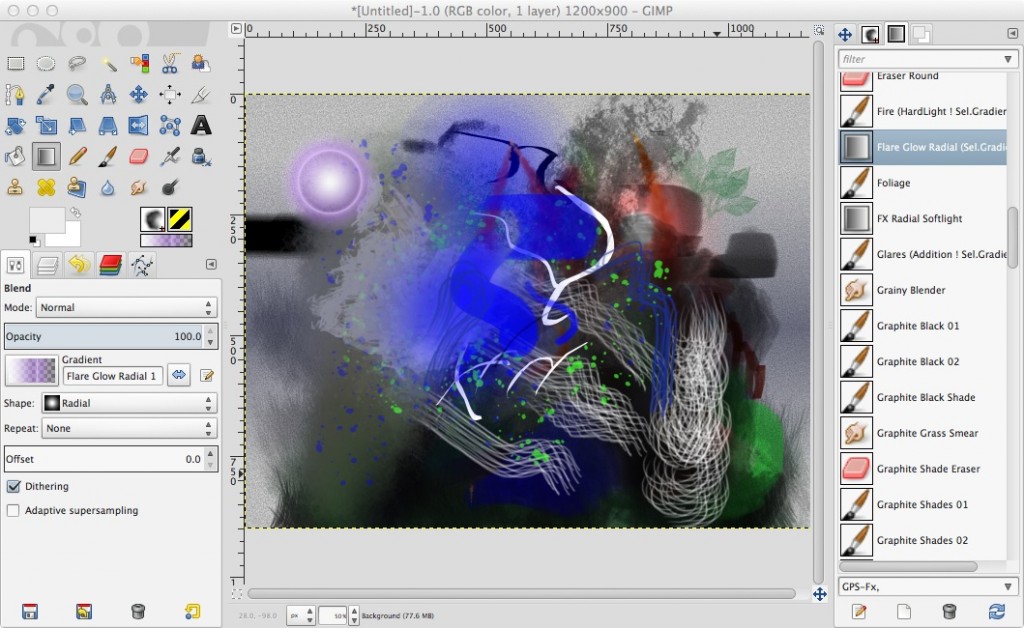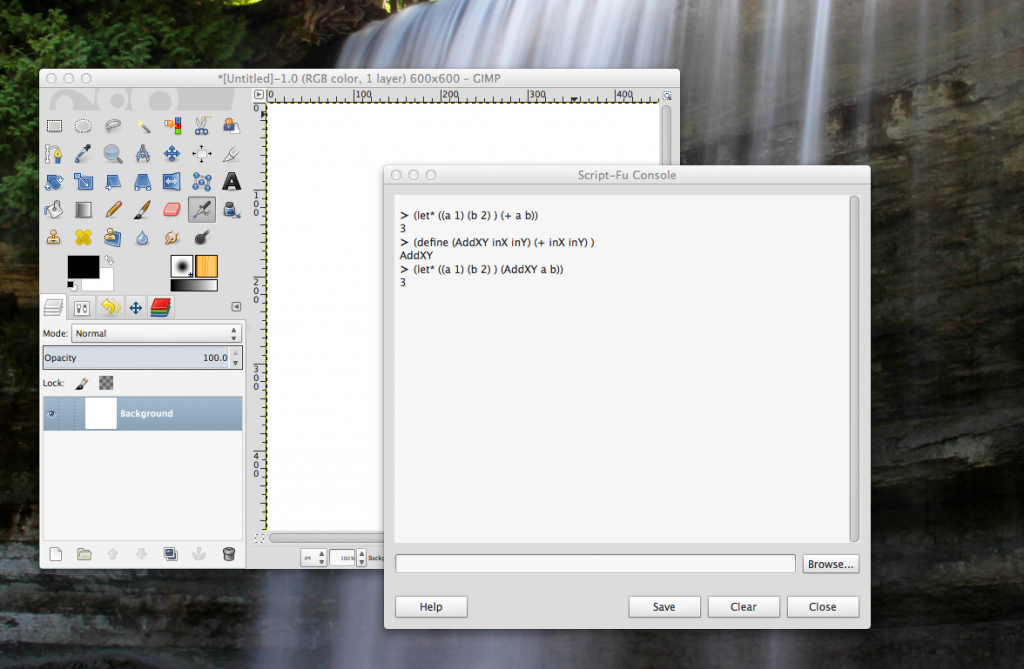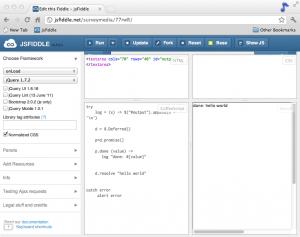A couple of really neat tools caught my eye this week.
Try F# – F# is a functional language built on top of Microsoft’s CLR, drawing on languages like Haskell and O’Caml. Every language should have a site like this, it’s a great way to explore the syntax and start getting your head wrapped around the design philosophy.
SQLFiddle – A brilliant little tool that allows you to create a SQL database schema and execute queries against it directly in your browser. It supports Microsoft SQL Server, MySQL, Postgres and Oracle. It even gives you a nice query planner output to help you understand the cost of your query. If you choose Postgres, it provides you with a direct link to http://explain.depesz.com, a neat tool for visualising the output of the Postgres EXPLAIN command.
Postges provides some very powerful mechanisms for profiling and optimizing your queries, but they can be a little arcane to get started with. These tools could really help speed up your workflow.
SQLFiddle is clearly inspired by JSFiddle, a tool I’ve used for the last year or so for trying out short snippets of javascript and sharing them with others. It automatically gives you access to popular javascript libraries such as jQuery, and allows you to quickly prototype HTML, CSS, javascript and even Coffeescript with zero setup costs.




